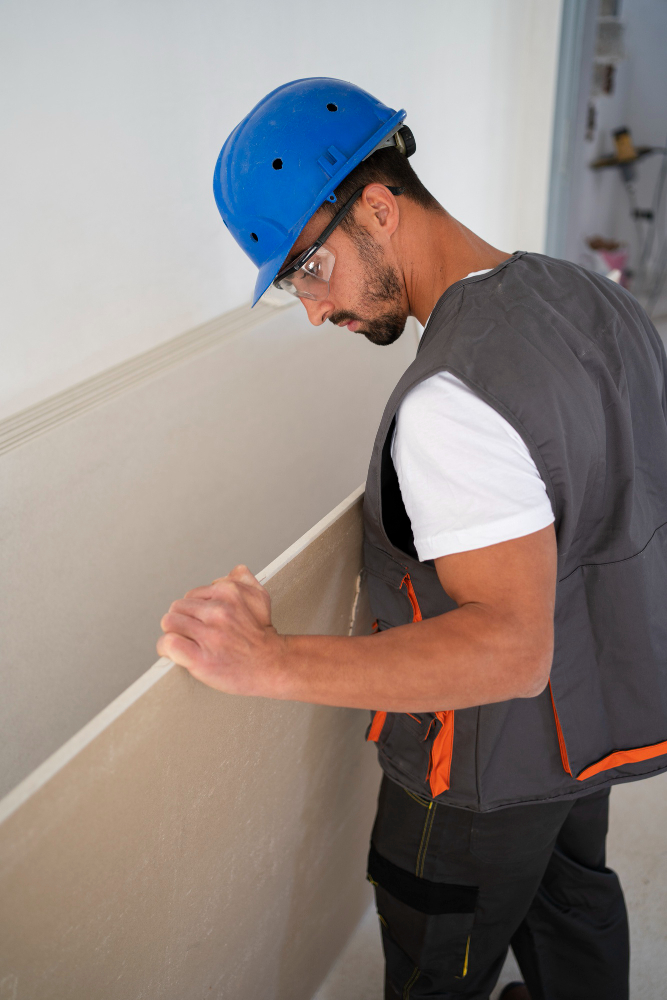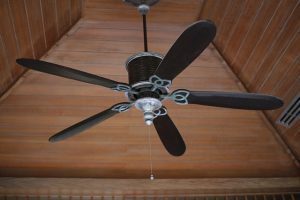Have you ever been cozy on the couch on a cold evening, only to notice a draft you do not know the source of? It’s also possible that you used to make observations of your own, such as constantly spending too much on utility bills, even though maintaining a thermostat at the appropriate level. Such scenarios will thus underline the significance of sound insulation in the house; it is a critical factor for a yearly comfortable temperature setting and for maintaining the control of energy consumption. While traditional fiberglass batts have long been the go-to solution, advancements in insulation technology have introduced a superior option: rigid closed-cell insulation.
Table of Contents
Understanding Home Insulation: R-Value and Beyond
Home insulation does so by hindering the transfer of heat. R-value can be thought of as the equivalence between insulation materials, and it’s much better for your home when a material has a higher R-value that keeps you warm in winter and cold in summer. Over the decades, fiberglass batts have had their purpose, but they have the same limitations. Foamed insulation is, therefore, an essential component of the evolution of insulation in this industry. It provides the newest technologies of insulation. The tight dexter balloon forms a rigid foam with R-values for every inch higher than the fiberglass batts. This means you can avoid the materials that usually take up space if you need high-quality insulation on your walls.
The Benefits of Rigid Foam Insulation: A Multi-Faceted Approach
The benefits of using rigid foam insulation in your home are not limited to thermal resistance but exceed that. Here are some key benefits to consider:
- Enhanced Comfort: Rigid foam insulation does the exceptional task of keeping warm air inside during the winters and hot air out during the summers. This means that the indoor air temperature will be more level and pleasant for the whole 12 months of the year, and therefore, air drafts and hot sports will be avoided.
- Energy Savings: The work intensity of your HVAC system is significantly reduced because the rigid foam insulation prevents heat transfer. Less energy will be used, and more bill savings in gas heating and air-cooling costs. According to new research, 10-inch rigid foam insulation results in an energy cost decrease of up to 50% for homes compared to ones with air or fiberglass insulation.
Beyond Energy Savings: Additional Advantages of Rigid Foam
The advantages of rigid foam insulation continue beyond saving your energy expenditure. Here are some additional benefits to consider:
- Moisture Resistance: The rigid foam is the best for moisture resistance compared to the moist-absorbing fiberglass batts. Besides them, this integration of Bionic Building Skin Systems guarantees sufficient air ventilation, thus avoiding mold inside the walls, and finally, we get the conditioned rooms.
- Improved Soundproofing: The puffy foam insulation works as a noise barrier and creates a peaceful space to escape noise outdoors and indoors. A bedroom must feature these calming and soothing aspects if we want decor that adds to the general ambiance of peacefulness.
- Space-Saving Advantage: As discussed, the very low R-value per inch of rigid foam insulation enables superior insulation levels without sacrificing useful wall space. This can be a big help in new constructions or even renovations when space needs to be maximized.
Applications for Rigid Foam: Tailored Solutions for Your Home
Rigid foam insulation is a versatile material used in areas around your home to achieve the best comfort and energy performance. Here are some key applications:
- Walls: Insulating the walls with rigid foam insulation is the most expedient and effective way to reduce your energy costs and your house’s thermal resistance.
- Roofs: Rigid foam insulation can be placed in the roof sheathing and rafters, which will, in turn, result in much lower heat transfer from the roof to the house in summer and less heat transfer from the roof to the house in winter.
- Basements: Basements will benefit from being perceived as damp and cold. Applying it to the basement walls and floor will increase the building’s thermal performance, making the space warmer for human use.
- Crawl Spaces: Enhancing the crawl space insulation with rigid foam can prevent cold floors and intrusive dampness, helping to maintain the warm and dry foundation walls of your house.
It is essential to consult with a qualified contractor who will identify the perfect type and placement of rigid foam insulation for each house and climate. They evaluate the requirements and prescribe a tailored insulation strategy to ensure optimum ones from rigid foam insulation.
Making the Investment: Weighing the Costs and Benefits
The initial installation fee for rigid foam insulation is higher than for the average fiberglass batts. Though the net present value of the initial investment is quite substantial, such measures often pay off in the longer term with a reduction in energy usage and utility bills. Various researchers confirmed that the cost value of rigid foam insulation could be recovered within one to two years due to its energy-saving feature. Besides, well-insulated houses typically have a higher market price; thus, rigid foam insulation is a smart investment that will add value to your home.
Finding the Right Solution: Choosing the Best Rigid Foam
It is that space that includes types of rigid foam insulation, being different by their properties and R-values. Among them, two general groups exist: the extruded polystyrene foam and the polyisocyanate foam. Beginning with a professional contactor consultation is important as this is how you learn how to pick up the correct type of rigid foam insulation that will fit your particular needs and climate. They can direct you to solutions such as superior rigid foam insulation from Quik Therm, which has a high R-value, good moisture resistance, and long-lasting durability.
Conclusion
Placing a bet into rigid foam insulation is a smart move with multiple fruits. It eliminates cold drafts and hot spaces and provides a comfortable indoor climate all year round, thanks to a more constant temperature. It lets you cut energy invoices to a greater extent through thermal insulation and lighter load for the air conditioning equipment. Moreover, rigid foam insulation has an edge over other types since it provides better audio proofing and moisture resistance and, in the long run, contributes to a more eco-efficient way of living when it reduces the need for energy and your overall energy use.
Featured Image by freepik




